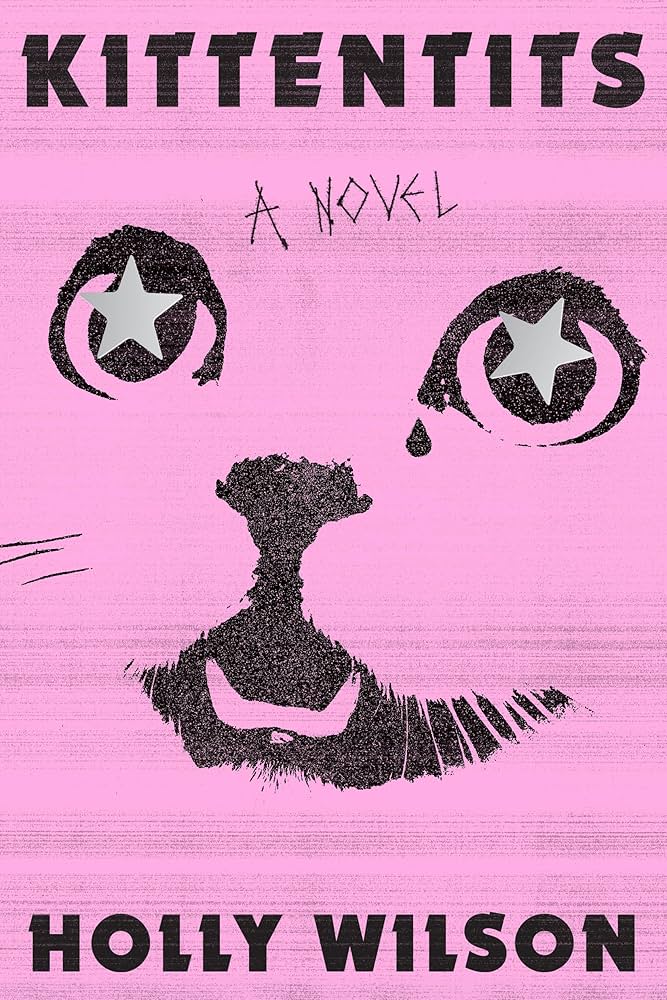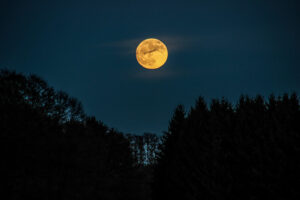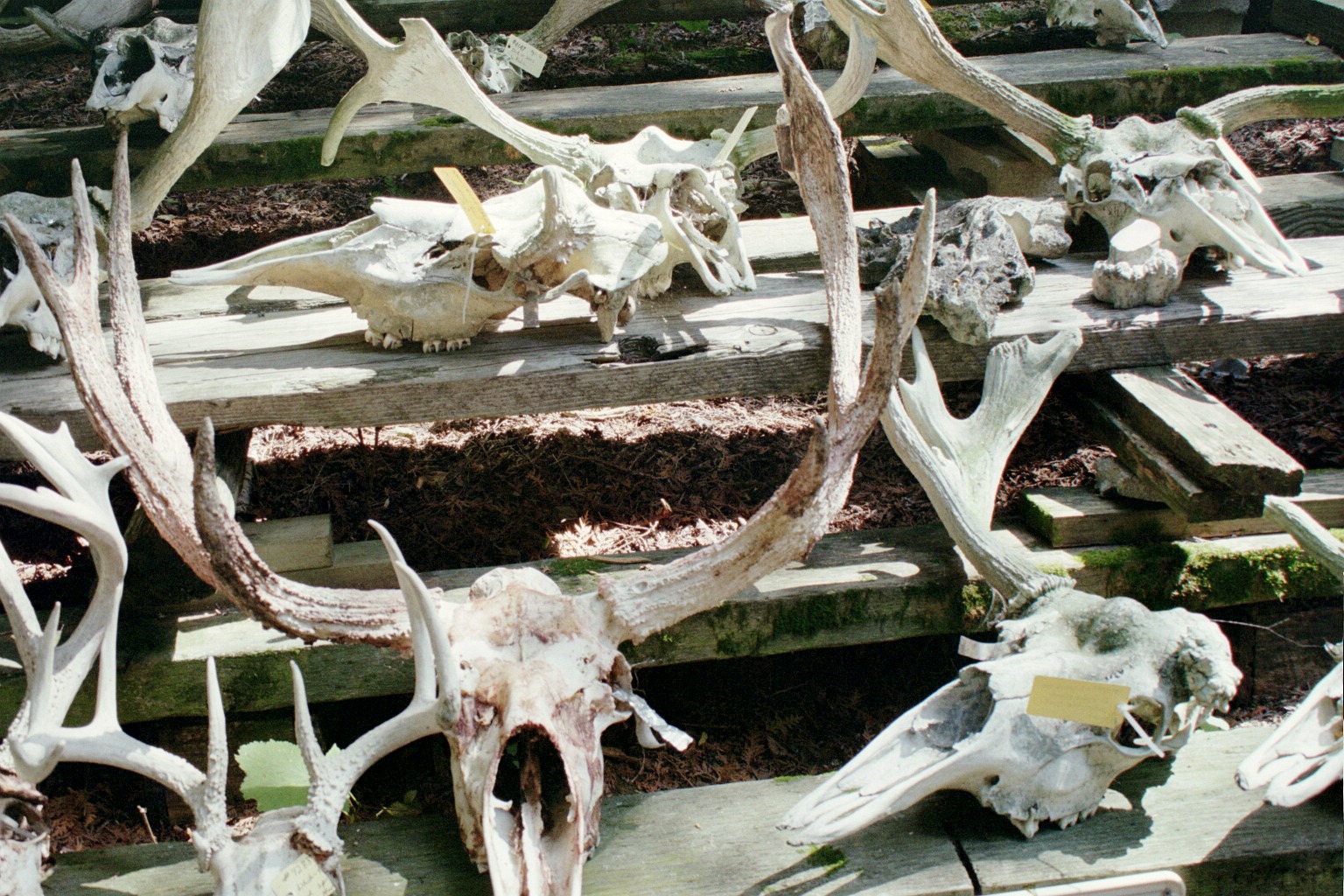By HOLLY WILSON
Reviewed by OLGA ZILBERBOURG
Molly is a badass. Obvious, isn’t it, from the novel’s title? Kittentits. That’s her, Molly. She’s a motherless white ten-year-old kid, living in Calumet City, Michigan. It’s 1992, and she’s obsessed with attending the Chicago World’s Fair, about to open downtown.
Before she gets there, Molly comes to idolize a woman who tried to kill her conjoined twin; runs away from home to Chicago’s South Side neighborhood of Bronzeville; meets an elderly polio patient living inside an iron lung who gives séances; and befriends an African-American ghost boy and artist, Demarcus. Together, Molly and Demarcus hatch a plan of necromancy to commune with the ghosts of their dead mothers. They camp out at the Fair for weeks, waiting for New Year’s Eve to perform the ritual.







 Isle Royale National Park
Isle Royale National Park 






